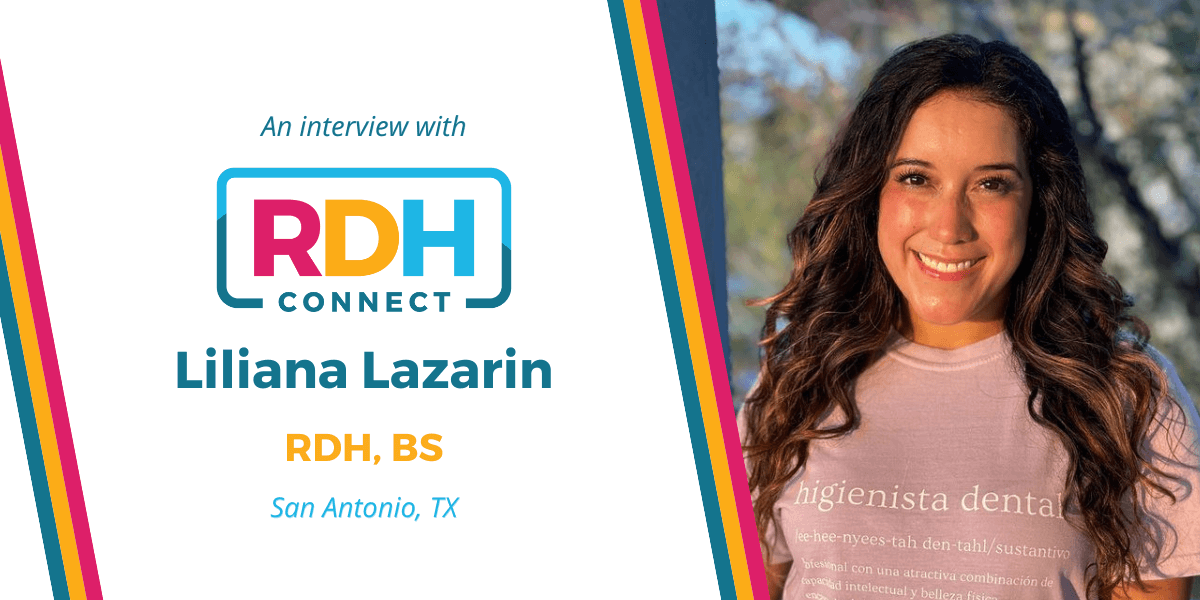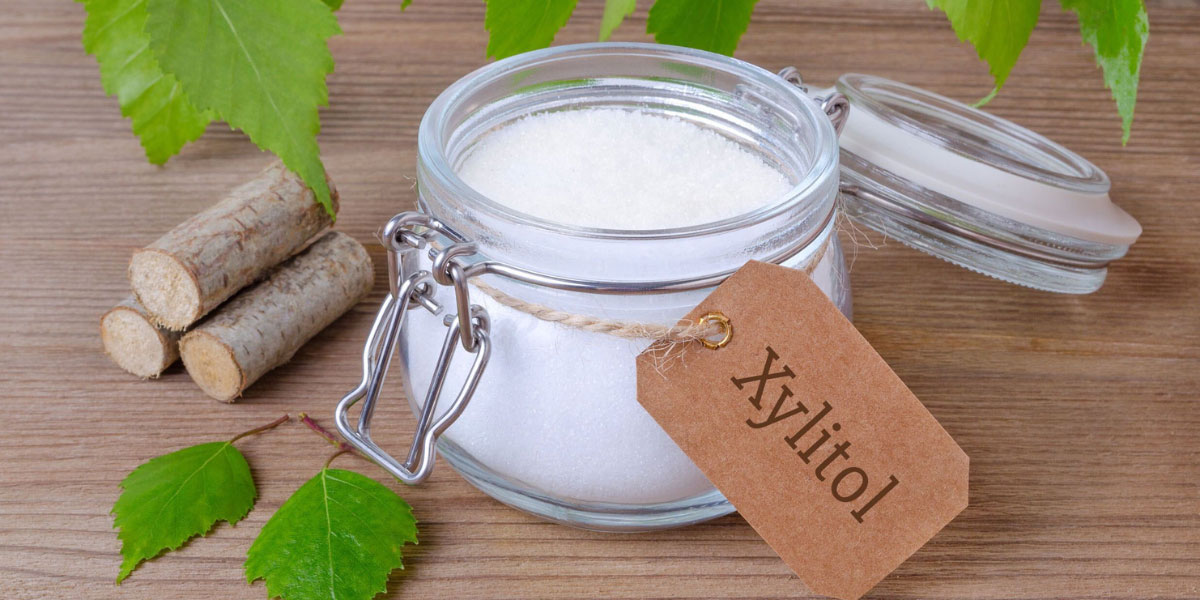
Contrary to popular belief, chewing gum can actually be super healthy for your teeth, even fighting cavities. The key is understanding which one to choose & if there are any circumstances to suggest you should avoid it.
Gum… friend or foe? On the one hand, some dental professionals say to avoid it because it can cause TMJ issues [1], on the other, most gums now have ingredients that are beneficial to the teeth like xylitol. What gives! Let’s explore why gum tends to fall more in the gray area than the black or white.
Is gum good or bad for our teeth?
This is the big question, and the answer looks a little different for everyone. First, it’s important to note that gum itself is not inherently bad. It’s the sugar and the aggressive chewing that is. When gum is laden with sugar and people chew it all day, it can cause cavities. When a person has TMD, a disorder of the jaw joint, chewing gum all day can exacerbate jaw pain and overwork the muscles of the jaw and neck.
However, if a patient has xerostomia (dry mouth), chewing gum can help stimulate salivary flow [2] which is a good thing and can decrease their susceptibility to cavities.
What is the healthiest option for gum?
First thing is first, stay away from sugary gum. Unfortunately, this rules out Hubba-Bubba and gum pouches that look like chewing tobacco! Don’t worry. Gum can still taste great and be good for your teeth and that is because of xylitol.
Xylitol is amazing and is now included in many dental products including chewing gum. Xylitol is a sugar alcohol that tastes sweet (but has no sugar), and effectively reduces harmful bacteria in the oral cavity [3]. The bacteria-reducing properties of xylitol combined with the saliva-producing properties of gum make it a perfect option for patients with dry mouths or those unable to brush or floss between meals.
When is it best to chew gum?
The optimal time to chew gum is after a meal as it stimulates salivary production and can clean food out of the chewing surfaces of the teeth. However, one must be mindful of not over-chewing gum as it can lead to TMJ fatigue [1] and potentially GI upset if one consumes too much xylitol [4]. Sugar-free mints can be a great option for those who have dry mouths but are prone to TMJ discomfort.
Gum can be a great way to fight cavities, freshen your breath, and increase saliva production if you have a dry mouth. Just be sure it’s sugar-free, has xylitol, and that you don’t chew too much.
- Janakiram, C., Deepan Kumar, C. V., & Joseph, J. (2017). Xylitol in preventing dental caries: A systematic review and meta-analyses. Journal of natural science, biology, and medicine, 8(1), 16–21. https://doi.org/10.4103/0976-9668.198344
- Mäkinen K. K. (2016). Gastrointestinal Disturbances Associated with the Consumption of Sugar Alcohols with Special Consideration of Xylitol: Scientific Review and Instructions for Dentists and Other Health-Care Professionals. International journal of dentistry, 2016, 5967907. https://doi.org/10.1155/2016/5967907
- Ozen, N., Aydin Sayilan, A., Mut, D., Sayilan, S., Avcioglu, Z., Kulakac, N., Ecder, T., & Akyolcu, N. (2021). The effect of chewing gum on dry mouth, interdialytic weight gain, and intradialytic symptoms: A prospective, randomized controlled trial. Hemodialysis international. International Symposium on Home Hemodialysis, 25(1), 94–103. https://doi.org/10.1111/hdi.12878
- Tabrizi, R., Karagah, T., Aliabadi, E., & Hoseini, S. A. (2014). Does gum chewing increase the prevalence of temporomandibular disorders in individuals with gum chewing habits?. The Journal of craniofacial surgery, 25(5), 1818–1821. https://doi.org/10.1097/SCS.0000000000000993





